[wpdm_package id=367]
OptiSPICE 6.0 includes several enhancements including visualizers, model and device improvements.
Key new features include:
- Three new visualizers have been added to OptiSPICE library, Electrical Spectrum analyzer, Electrical Eye Diagram Analyzer and Optical Spectrum Analyzer.
- Electrical Spectrum Analyzer performs Fourier Transform on time domain simulation results for a given node voltage.
- Optical Spectrum Analyzer performs Fourier Transform on time domain simulation results for a given optical signal.
- All the simulation results from probes placed in the schematic are exported as a single HDF5 files in addition to XML and text. HDF5 file import is supported by languages like Matlab and Python. With this feature users can easily create scripts for processing simulation results.
- Bit generator has been enhanced to allow the import of user defined bit sequence from a text file, generate a random bit sequence based on a user defined seed.
- The filter parameter extractor tool has been improved to provide a better fit.
- A new electrical filter component has been added to the electrical device library. It is designed to accept the PRF file generated by the filter parameter extractor.
New Visualizer
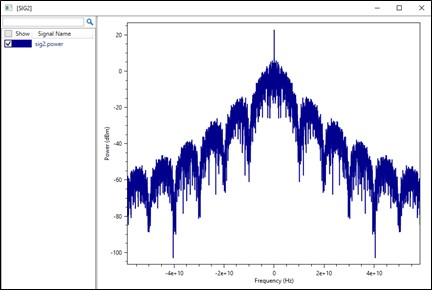
Fig 1: Electrical Spectrum Analyzer
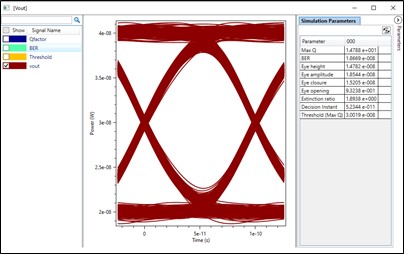
Fig 2: Eye Diagram Analyzer
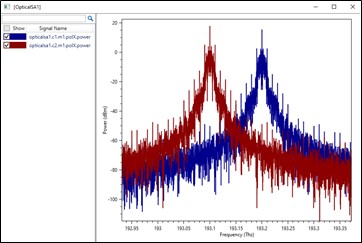
Fig 3: Optical Spectrum Analyzer
Updated Electrical Filter Modeling
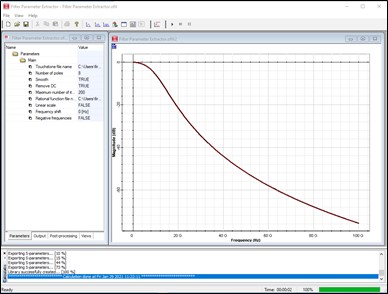
Fig 4: Filter Parameter Extractor
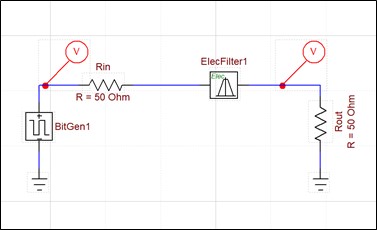
Fig 5: Electrical Filter
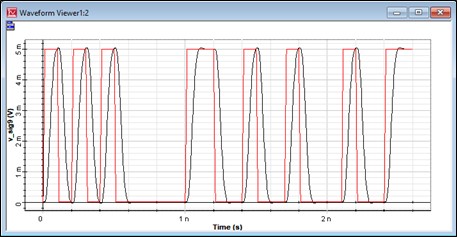
Fig 6: Time Domain Filter Modeling
Simulation Results in HDF5 Format
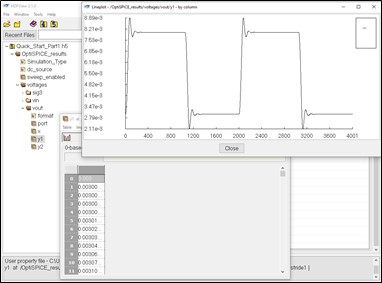
Fig 7: HDF5 Data Export
Bit Generator – User Defined Bit Sequence
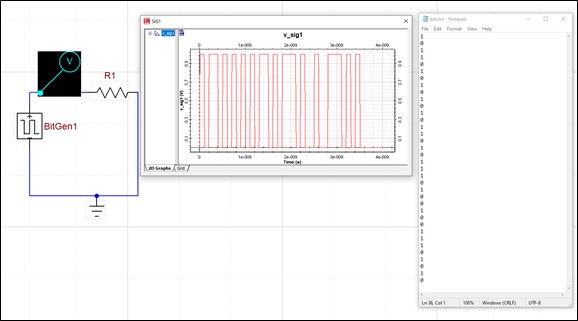
Fig 8: Bit Generator

